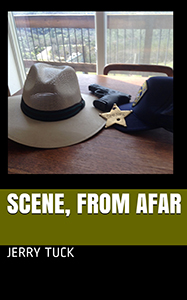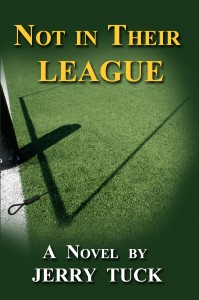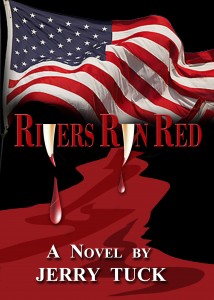From Custer to Calaveras’ School Mascot
In the late 1950s, my father and I stood in the middle of a cotton patch. We were surrounded by an eclectic group of fellow pickers, all dragging the same long canvas sacks. My dad could fix anything with pliers and baling wire but he couldn’t fix the race issue. As we rested, he began to rant about the white man’s superiority. All I saw were figures stooped over working in a 105 degree sun. Besides the Okies and Arkies there were black, brown and yellow (African-American, Armenian, Mexican, Asian, etc.) I asked my dad why we were better than the rest of the workers if we were all out picking the same cotton. His reply was to backhand me across three rows of cotton.
This type of racism was very common and as brutal as the sun beating down on us. What made it more nuanced, in my dad’s case, was that he was furiously proud of the Choctaw Indian blood boiling in his veins. This early contradiction festered for decades. Today, a serendipitous chain of events gave me my answer. I think that our nation labors under the same unexplainable contradiction that haunted my father.
I’ve always wanted to see Mt. Rushmore. So does the family, which is an added treat. Without knowing about our post-graduation jaunt, my oldest brother, who runs an antique book business online, handed me several books. He had been on a search for Elmore Leonard so those two I expected. The third was Dan Simmons’ Black Hills, a historical/fantasy novel about that area of South Dakota. What I learned from Simmons was that Mt. Rushmore was carved out of the granite hills called Paha Sapa, Lakota for Black Hills. Their more reverent title for this collection of granite was The Six Grandfathers. An area considered sacred by nine Indian tribes, was turned into a shrine to the Great White Fathers. Crazy Horse’s monument nearby hardly was scant consolation; like Rushmore, it was all created so white men could benefit from the tourist dollar.
Teddy Roosevelt looks down from Mt. Rushmore. He created our national park system but is also quoted as saying “I think what the present economy needs is a nice little war.” Soon the battleship Maine exploded and we were at war with Spain. Coincidence? I don’t know, but one of the Great White Fathers staring down from Mt. Rushmore seemed to feel like my father.
Calaveras County’s demographics do not show a lot of diversity but in a recent debate about the demeaning nature of some school mascots (Redskins, Braves, etc.), people were very passionate about the local Indian cultures. According to “When The Great Spirit Died” (William Secrest, World Dancer Press) a book I picked up in the Ironstone gift shop, our own Forty-Niners conducted a campaign of genocide on the local tribes with bounties of $25 per head per adult savage, less for children. The eternal irony of this was the fact that a white named Savage was the leading proponent of scalping for profit.
Two of my oldest friends admitted to being racist. One said that if it was good enough for his dad, it was good enough for him. The other said that a black bully had demonized him when he was a kid. I said that those were the most pathetic excuses I had ever heard. But, I’ve heard better ones in the 40 years since those high school confessions. So, why would someone like my father, a displaced Okie migrant farm-worker, hate anything not white but cherish the hope that he had Indian blood?
I’ve come to see that the conundrum about race, and those that used to live where we now do, not just a Tuck family problem. And, to be sure, it wasn’t considered a “problem” at all to most of my relatives. Several of my most pious female relatives were examples of cross-breeding. The repulsive “something in the wood pile” comments are used for Indians as well as others that dilute our precious bloodline.
Are we a nation of Caucasian schizoids? In my dad’s case, the DNA results couldn’t find any Indian blood. Alcohol killed him long before such testing was economically feasible, but I’ve always wondered what his react would have been. I know that a second back-hand to the melon wouldn’t have happened. I was fifteen the last time I saw him but since then I’ve grown out of my bib-overalls and have put on 100 pounds. He probably would have just said that “some (expletive) musta (beeped) up the paperwork.” I fervently believed that his type of racist attitudes would die with his generation. Since my halcyon days of youth, I’ve come to adjust my stance on that. I don’t know that we will ever be free of such contradictions. We are certainly not unique in the world. Capitalistic slavery was one of the most horrid types of bondage, but man continues to blame others for his own faults and continues to perpetuate madness on his fellow man. Is there an end in sight? You tell me.
Jerry Tuck is a retired San Andreas resident and an indie author. Contact him at olwhofan@aol.com or use the Contact Form.
Jerry Tuck



